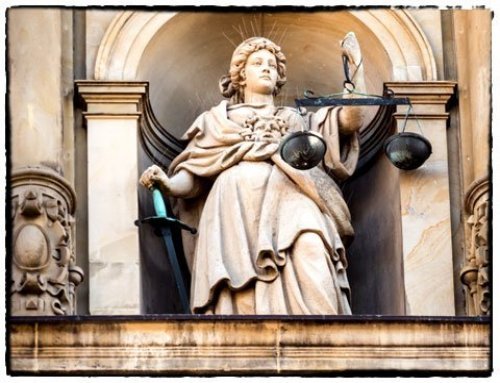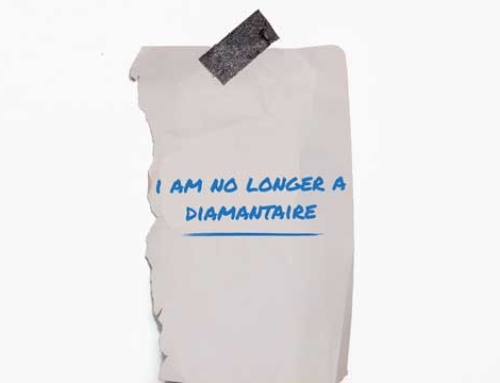Image: Brilliant Earth
Brilliant Earth filed for an initial public offering this week, and its registration statement was full of interesting data.
We can now do rough comparisons of how the 16-year-old company stacks up against other digital native jewelry sites.
Brilliant Earth sold $250 million in 2020. By contrast, its main competitor, Blue Nile, is on track to hit $600 million in sales this year, according to its CEO. Its other main competitor, James Allen, sold $301.4 million in its last fiscal year (which ended in January), according to owner Signet.
We can also see that Brilliant Earth is profitable, but not wildly so. It made $10.9 million in the first six months of 2021, and $21.6 million in 2020. It posted a $7.8 million loss in 2019, and the filing hints that the preceding years weren’t much better for the company. “We have a history of losses,” Brilliant Earth warned in the filing, “and we may be unable to sustain profitability.”
Despite this, industry analyst Paul Zimnisky predicts Brilliant Earth will likely get a warm welcome on Wall Street.
First and foremost, it’s shown a 32% compound annual growth rate (CAGR) since 2016, when its sales were just $83 million. “Wall Street is addicted to growth,” he says. “Brilliant Earth is growing at 32% a year going back to 2016. That is what makes this attractive. The way that Wall Street looks at a company, they say, ‘If they have sales growth, we can find a way to turn that into profit.’”
Secondly, Wall Street is looking for businesses that are considered ESG (or environment, social, governance) friendly, and some of those companies even command a premium. Brilliant Earth will probably fit that bill.
In addition, the stock market is booming; 2021 is already a record year for IPOs. Plus, Brilliant Earth is a “digital first” company, and many in Wall Street remain infatuated with tech.
“Online sales of fine jewelry have soared the past few years,” says Ganesh Kumar, founder of Finzomo.com, a financial site. “Gems aren’t still sold online as much as other products. This huge opportunity is out there for Brilliant Earth to capitalize on.”
Another possible area for expansion: international. “I was surprised that they do 93% of their sales in the United States,” says Zimnisky.
Two other things stood out from the filing:
Zimnisky was hoping for more information about Brilliant Earth’s sales of lab-grown versus natural diamonds, since the company is a big player in the lab-grown space and that sector badly needs more transparency. That info hasn’t popped up yet, but he’s hoping it will show up in statements down the line. Even so, the company’s average price point ($3,152) implies that natural diamonds still represent a significant amount of its sales.
There’s also its rather large marketing expenses. In 2019, Brilliant Earth shelled out $57.1 million for “marketing, advertising, and promotional costs.” That tops, by more than $10 million, the entire 2018 budget for the Diamond Producers Association (now Natural Diamond Council). Most likely Brilliant Earth’s budget was largely spent on Google and Facebook ads, which have been eating into the profitability of e-tailers in general.
That’s a huge amount of money, but Zimnisky considers that smart positioning.
“They don’t waste money on billboards,” he says. “It’s all online. Younger generations are all online. Yes, they’re spending a lot on advertising, but they are growing at a sweet growth rate. And that is how Wall Street will be looking at this.”
About Brilliant Earth
On its website Brilliant Earth states that its mission is “Our mission is to cultivate a more transparant, sustainable and compassionate jewelry industry. We believe in creating jewelry you can feel good about wearing, without ever compromising between quality and conscience.”
“When we couldn’t find a standard that met ours, we created a new one. We started by creating a rigorous protocol for diamond sourcing that goes beyond current industry practices: Beyond Conflict Free™ Diamonds which are selected for their ethical and environmentally responsible origins.
We were one of the first jewelers to offer blockchain-enabled diamonds at scale, to provide traceability of a diamond’s origin and ownership. Choosing a Brilliant Earth diamond offers unparalleled transparency of your diamond’s provenance.
We are also a certified and audited member of the Responsible Jewelry Council, the leading ethical standard within the jewelry industry.
We strive to use 100% recycled precious metals to minimize our footprint and help diminish the negative impacts of metal mining. Precious metals can be recycled repeatedly without degrading their integrity, which means we don’t compromise quality or beauty to make sustainable jewelry.”
“Brilliant Earth goes above and beyond the current industry standards to offer Beyond Conflict FreeTM Diamonds with a listed origin of Canada, Botswana Sort, or Russia. Our select group of diamond suppliers demonstrate a robust chain of custody protocol for their diamonds and have the ability to track and segregate diamonds by origin.
These suppliers are required to source diamonds that originate from specific mine operations or specific countries that have demonstrated their commitment to follow internationally recognized labor, trade, and environmental standards.”
The information, assessments and estimations in this article shall not be construed as investment advice or as requests to engage in investment operations.






